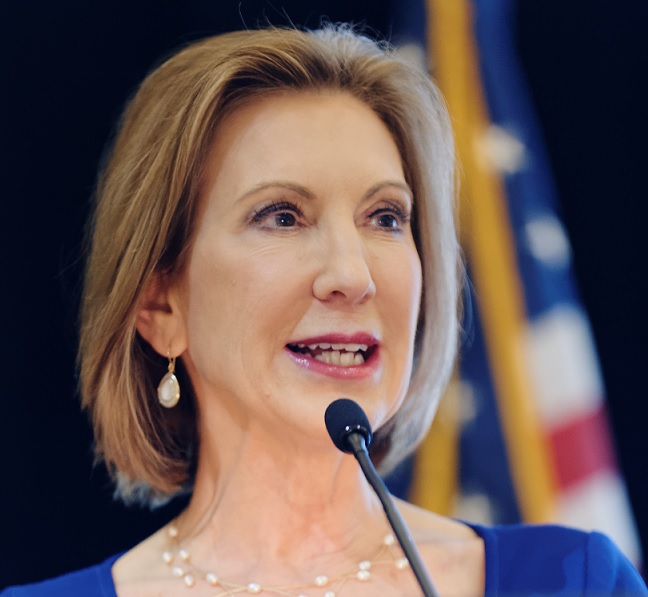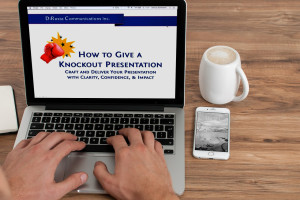 Could a top presenter bomb in the virtual world?
Your keynotes get rave reviews. Your training seminars are highly rated. Your reputation as a public speaker precedes you. So giving a webinar should be a snap. Or not. The mistake many otherwise excellent speakers make is to approach webinars the same way they deliver an in-person speech. Virtual communication offers new and different challenges. Here are some tips when transitioning presentations to the web.
Could a top presenter bomb in the virtual world?
Your keynotes get rave reviews. Your training seminars are highly rated. Your reputation as a public speaker precedes you. So giving a webinar should be a snap. Or not. The mistake many otherwise excellent speakers make is to approach webinars the same way they deliver an in-person speech. Virtual communication offers new and different challenges. Here are some tips when transitioning presentations to the web.
More Slides Not Less. Unlike the PowerPoint principle of fewer slides, in a webinar, the speaker must keep the momentum going. It's boring to listen to audio while one slide remains on the screen. To keep attention, scroll through multiple slides so that the audience is experiencing change more frequently. I once watched an online promotional video. Every time I reached for the mouse to fast forward, the video image would change. It was uncanny how this video changed images every time I was ready to tune out. I checked the timing. The change happened every 4 seconds. You don't have to be that quick but don't speak for 2 minutes on a slide.
Create a Relationship. Project a photo of participants on the webinar screen so that they can see themselves and others.This will allow you to speak to "real people," and the audience will feel more of a sense of community.
Warm Up. Don't dive in without a welcome. Introduce yourself and let people know why they are there and what you will cover. But don't announce every caller unless it's a brief private meeting. Mute the phones so that there is no background noise. People can hear a smile so bring your best game face and let your warmth shine through. To increase energy, stand when you're presenting and use a lively and conversational voice. Nobody wants to listen to a dispassionate book report.
Visuals Not Text. Forego bullets in favor of graphics, cartoons, illustrations and interesting photos.The brain thinks in pictures, not in words. And if there is enough text for them to read the slides, they won't need you. Make sure the graphic files are not too large or they will take too long to download.
Interact. Don't be a talking head. If you don't want the audience to check email, create a two way communication. Make use of chat boxes and polling. Ask questions. And if possible, open the phone lines so that people can participate. Build interaction every 3-5 minutes. An effective webinar is not a deck of slides with a voice over.
Make Eye Contact. The best way to connect with a virtual audience is to use video. If they can see you talking, the audience will be more engaged. Programs like Adobe Connect provide video capacity so that the presenter can look directly at the audience. This will increase engagement and trust. Another alternative is to embed very quick, brief videos on the slide to demonstrate your point.
Design Peer-to-Peer Learning. Make use of break out rooms online. This allows you to assign learners to small groups to discuss concepts and create new ideas. Adults want to participate and control their learning. As the facilitator you can listen in on each group while they can only hear the members of their small group. When finished, you can bring back participants to share their learning.
Virtual doesn't have to be boring or detached. To deliver winning webinars, consider these seven tips when converting your presentation to the web.

 There are no boring topics-only boring speakers. Just about every audience and coaching client has heard me make that statement about
There are no boring topics-only boring speakers. Just about every audience and coaching client has heard me make that statement about 
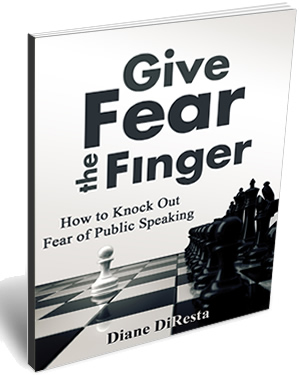 DiResta Communications Recognizes International Women’s Day with Re-Launch of “Give Fear the Finger”
DiResta Communications Recognizes International Women’s Day with Re-Launch of “Give Fear the Finger” 
 My colleague
My colleague  In a Republican debate, Senator Marco Rubio had emerged as a great orator and touted his third place standing as a win. There was a lot of buzz about Rubio and he was riding high despite being number three. So it was no surprise that he walked into the next debate
In a Republican debate, Senator Marco Rubio had emerged as a great orator and touted his third place standing as a win. There was a lot of buzz about Rubio and he was riding high despite being number three. So it was no surprise that he walked into the next debate  Speaking is a leadership skill
Speaking is a leadership skill It's a
It's a 
 Love Story was a popular move in 1970. It starred Ryan O'Neill and Ali McGraw. In one scene they have a fight and go their separate ways. O'Neill finds McGraw after he cools off and apologizes for the fight. She stops him and says through her tears, "Love means never having to say you're sorry." I don't know if most people in conflict would agree with that.
What people may agree with is the overuse of the word "Sorry" in the workplace. This is especially prevalent among women. When I speak to organizations about
Love Story was a popular move in 1970. It starred Ryan O'Neill and Ali McGraw. In one scene they have a fight and go their separate ways. O'Neill finds McGraw after he cools off and apologizes for the fight. She stops him and says through her tears, "Love means never having to say you're sorry." I don't know if most people in conflict would agree with that.
What people may agree with is the overuse of the word "Sorry" in the workplace. This is especially prevalent among women. When I speak to organizations about  What's the one word that's the kiss of death for most presentations? No, it's not BORING. Boring is the outcome.
What makes a presentation boring?
What's the one word that's the kiss of death for most presentations? No, it's not BORING. Boring is the outcome.
What makes a presentation boring? How is
How is 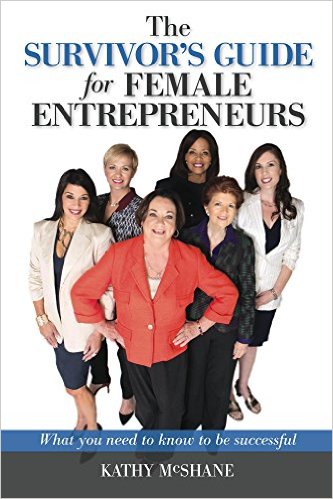 First Impressions impact all pubic speaking and communication. Read about First Impressions in an Excerpt from The Survivor’s Guide for Female Entrepreneurs, by Guest Blogger
First Impressions impact all pubic speaking and communication. Read about First Impressions in an Excerpt from The Survivor’s Guide for Female Entrepreneurs, by Guest Blogger  Fear of speaking
Fear of speaking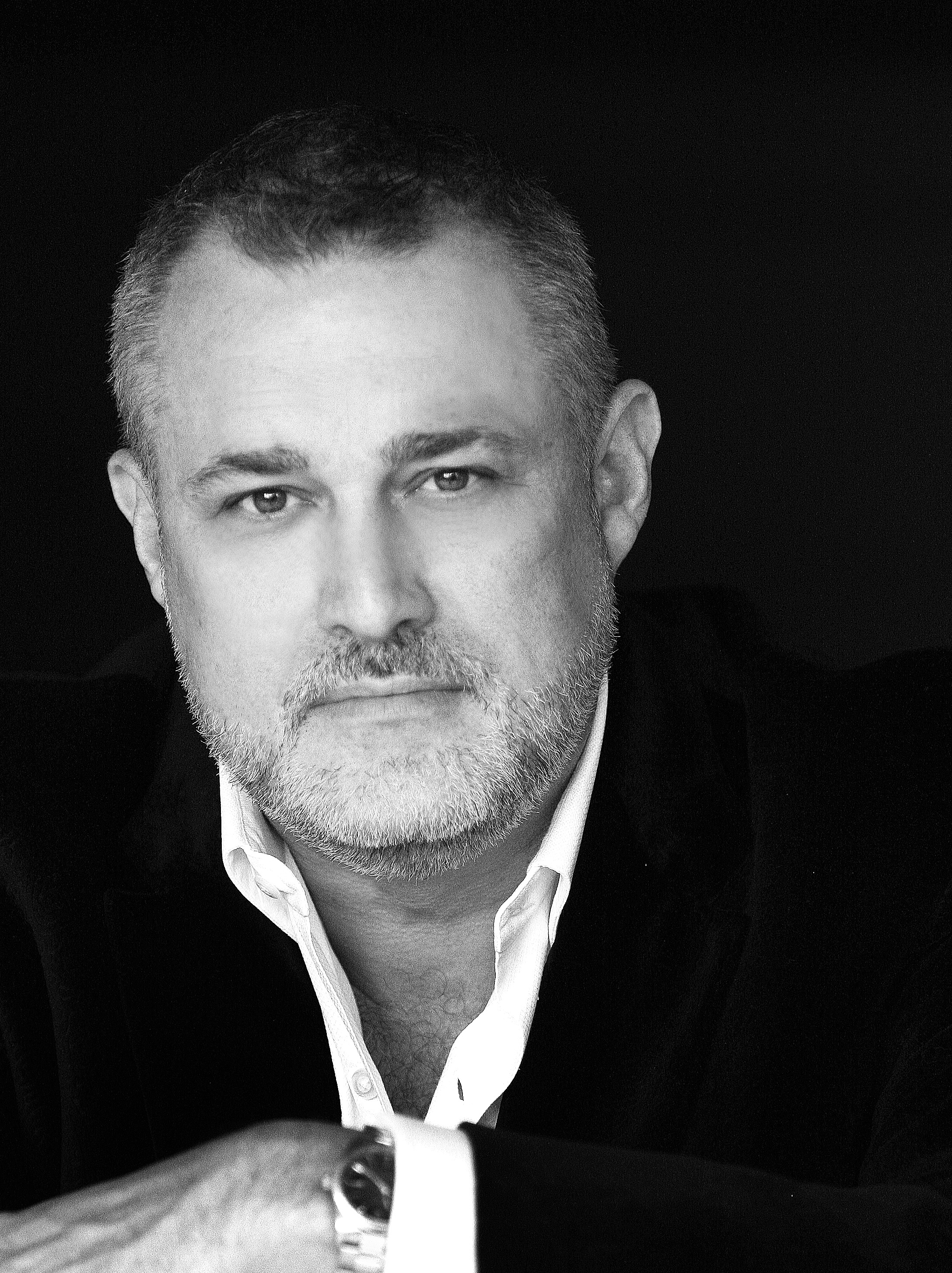 I'm honored to have Jeffrey Hayzlett as a guest blogger.
Whether in life, or in business, there’s no cookie-cutter, surefire way to achieve success, no one plan you have to follow. We all carve our own niche, create our own success, but there are some things all successful entrepreneurs have in common: they
I'm honored to have Jeffrey Hayzlett as a guest blogger.
Whether in life, or in business, there’s no cookie-cutter, surefire way to achieve success, no one plan you have to follow. We all carve our own niche, create our own success, but there are some things all successful entrepreneurs have in common: they 
 Did you ever wonder if there was an Aladdin's Lamp for
Did you ever wonder if there was an Aladdin's Lamp for 
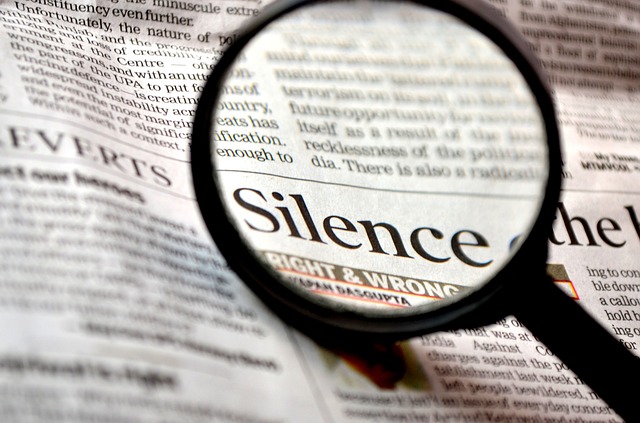 Have you ever made an impact without saying a word? I remember how my father could stop me dead in my tracks with one look. You may have experienced "that look." It meant "Don't even try it. I mean business."
But how do you do that when speaking in public?
Have you ever made an impact without saying a word? I remember how my father could stop me dead in my tracks with one look. You may have experienced "that look." It meant "Don't even try it. I mean business."
But how do you do that when speaking in public?

 Whether you’re a solopreneur or an INC 5000 CEO on the fast track, your ability to present yourself, your company, and your value, will determine the trajectory of your business
Here are three
Whether you’re a solopreneur or an INC 5000 CEO on the fast track, your ability to present yourself, your company, and your value, will determine the trajectory of your business
Here are three 